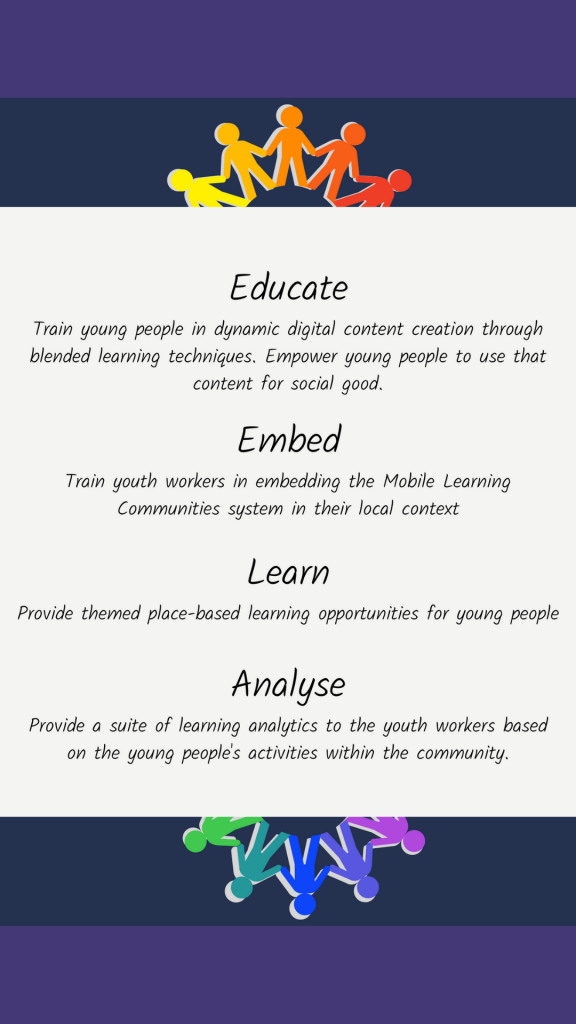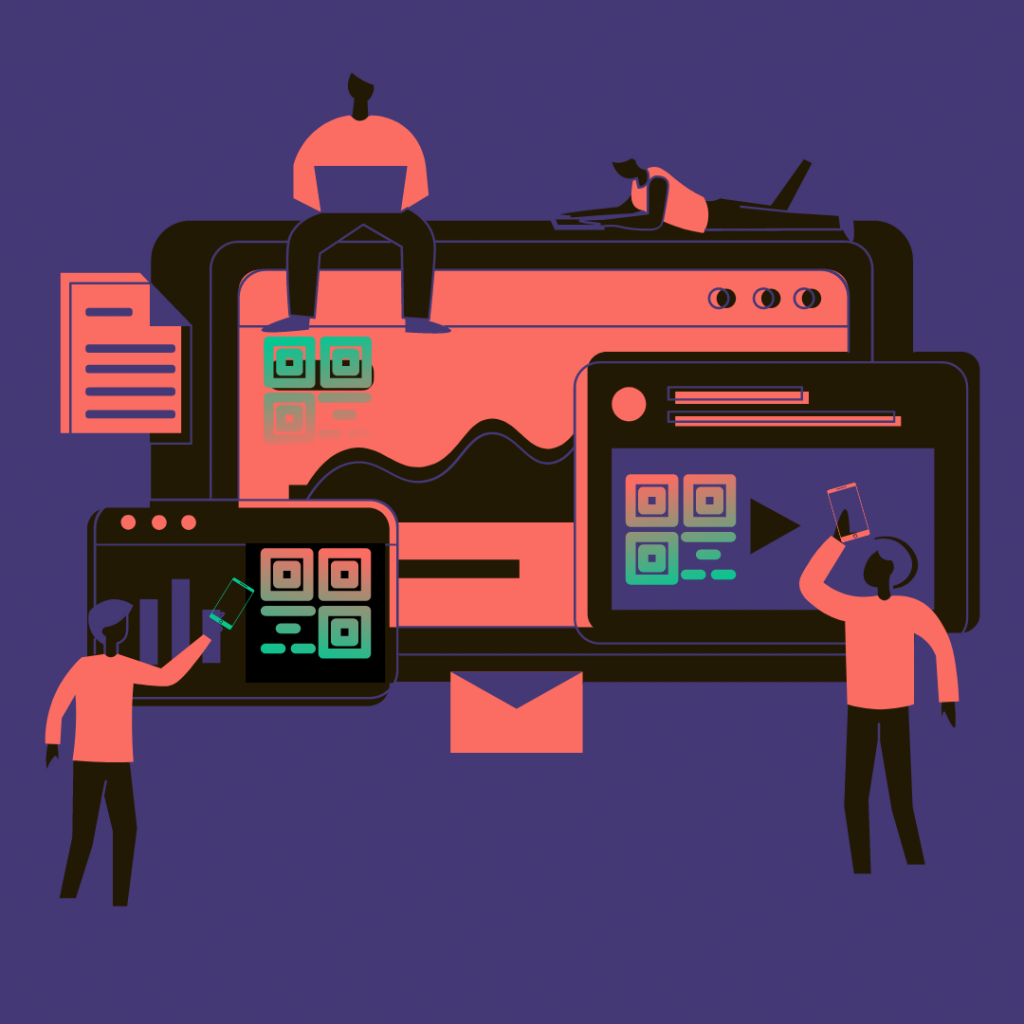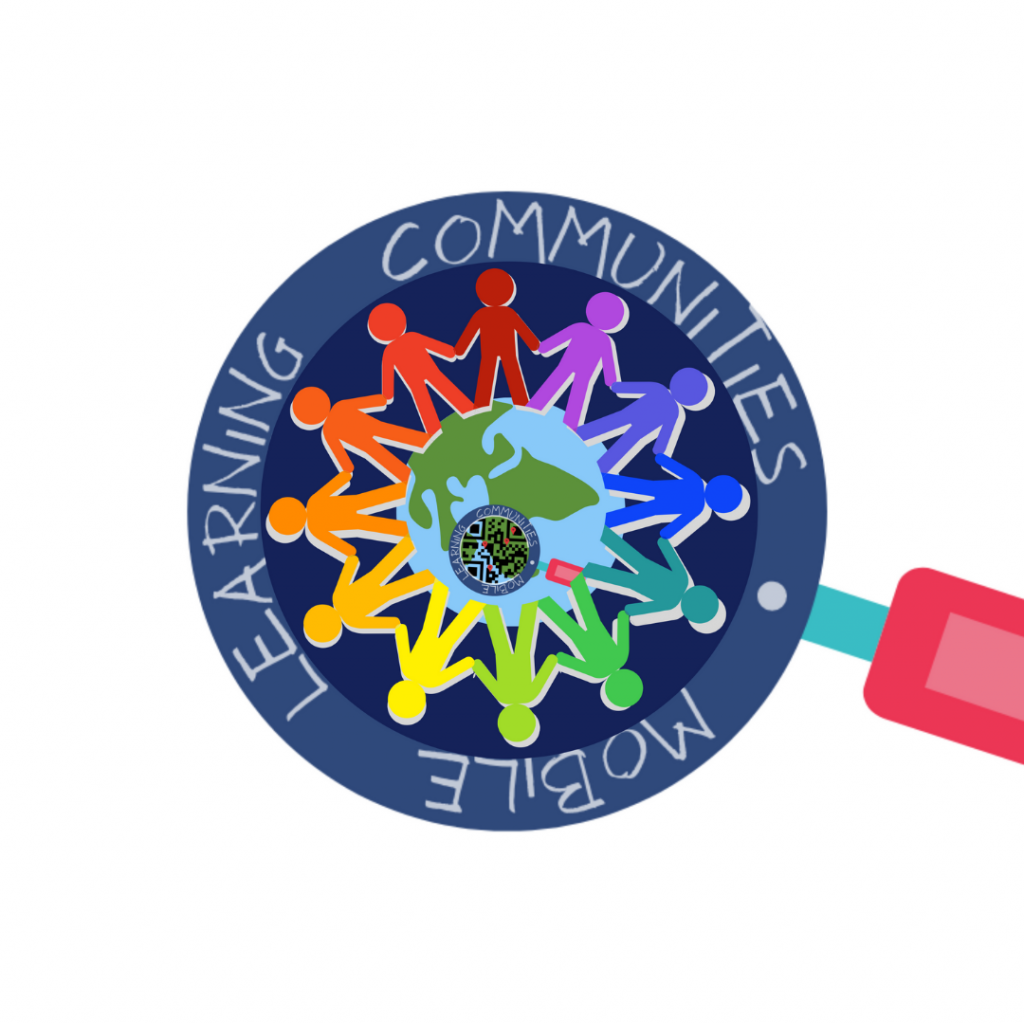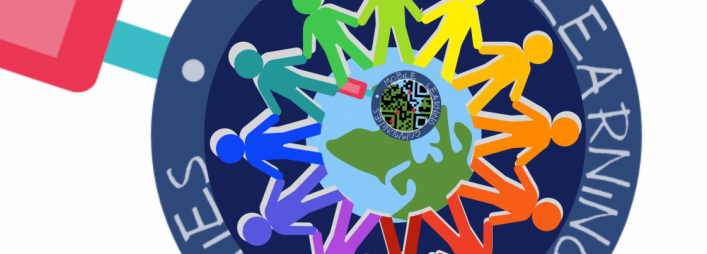
This is a ready made ‘off the shelf ‘ pack for any youth organisation to download, print and jump straight in to mobile learning in the community.
The kit is designed to get you up and running with the project quickly, we hope that the materials are educational as well as motivational and inspirational to both young participants and youth workers alike.
Jump To…
What’s in the kit?
A bank of 50 themed challenges linked to
5 printable Quick Response codes.
A guide to implementing the system in different locations
Web based support resources.
[h5p id=”49″]
Intro
Youth work is presented with major challenges in a world where face to face meetings can no longer be taken for granted. Still, young people need to continue to learn skills such as
digital competencies, employability, how to engage in public life, and to become well rounded participants in society.
The Mobile Learning Communities project will empower young people to create and share dynamic content tailored to their local context and at the same time allow them to access exciting learning opportunities whilst out and about in their communities.
The use of QR codes to provide information at tourist destinations and sites of historical interest is a well established practice in towns and cities as is the practice of businesses using them to display advertisements. Similar codes are also already used by some tech-savvy teachers; QR codes linked to photos and videos of work are printed and attached to pupil’s workbooks, QR codes on classroom doors lead to the book of the week or a short video about the current topic. The codes provide an easy bridge between the physical and digital worlds.
The concept of MLC is straightforward; turn the local environment into an interactive learning resource by placing educational challenges and community generated content, accessed through QR codes around the town.
Scanning a code presents you with a challenge. The challenges range from multiple choice quizzes to whole projects and change each time the same code is scanned. Challenge locations can be linked to form learning trails centred around our 5 key themes.
[h5p id=”50″]
For example, in our local park in Pontypridd, Wales, a code at the bandstand links to a video of a brass band playing at a bandstand. Another code links to a series of ever-changing challenges associated with the band stand; musical composition, an exercise in hypothetical event planning, the mathematics of the circular structure and paths leading to it, the history of public entertainment in parks, the science of acoustics.
Over at the play park, children are challenged to see how many people can fit on a giant see-saw; By the trees, to collect and sort sticks and leaves of varying sizes into sets; at the war memorial to reflect on the reasons for war and poppies and to see the photos and hear the stories told by their grandparents, by the bridge, a collection of artwork and poems written by young people.
TopWhy MLC?
This approach brings learning in situ to life, using technology to enhance the local environment and sourcing new ideas and knowledge from both the young people themselves and from within the community. There is, at present, no other easy or affordable way to do this. Listening posts and notice boards are limited in the information they can share and also difficult to update. Other QR initiatives lead to static content. The MLC approach is interactive, dynamic and inclusive.

Implementing the project
Our 10 starter codes should get you up and running and inspiring your youth and communities to create challenges of their own. Place them around your building, classroom, or better still if you have available spaces, put them outside, on lamp-posts and notice boards. Use them to create a trail or treasure hunt and challenge the young people you work with to complete one challenge from each code.
TopInvolving the community
Everyone we have approached has been keen, enthusiastic to get involved and excited by the potential the project has to transform learning in the community. In all involved countries we have talked to young people, youth workers, educators, community groups and businesses, all of these groups have provided their own ideas for the project.

The best way to involve the community is to get involved with existing community projects. A couple of days volunteering in the local community garden had our Welsh team in touch with local artists, new schools, and small businesses as well as being added to community learning networks through social media.
Attending meetings of other groups such as Friends of the Earth and the local Community Centre planning group gave us access to those activities and the chance to introduce what we wanted to do.
Helping out with local youth group eco and code clubs after school gave us a ready test bed of young people without impacting on the youth worker’s existing workload.

topBasically, the best way we have found to get the community involved is to get involved with the community.
Case Studies
Artis Community coordinate a number of community focused multigenerational arts projects, they are using MLC to showcase the arts and crafts created by local people as well as collaborative costume and dance projects. MLC codes are a great way to keep the work alive and show local people what they are capable of, hopefully inspiring citizens of all generations to participate in community projects.
Ynysybwl Paths and Trails are a small village ramblers association who take care of the footpaths and walks around the historic village. They approached the project after securing their own funding for way-markers. They worked with us to create their own series of challenges linked to the heritage of the local area and history of the coal mining community. They see MLC as a way to preserve their stories and pass information on to younger generations in a modern and fun way.

Ideas, experiences and tips
-
- Find local groups with specialist interests, this way you will have a wealth of knowledge to create interesting challenges around a theme. In the Welsh village of Ynysybwl , the local ‘paths and trails’ group created challenges about the history of the surrounding footpaths.
-
- Work with local schools, they will already have a space in the curriculum dedicated to exploring the local area and can both provide and test out materials.
-
- Approach local businesses, they may wish to offer incentives for participation, one cafe in Pontypridd offered a free coffee for completing challenges.
-
- Place codes aimed at younger children at their eye height rather than in sight of the adults.
Supporting Resources
QR code generator (if you have an account with MLC we will provide a custom QR generator)
topExample Challenges

[h5p id=”57″] [h5p id=”58″]






